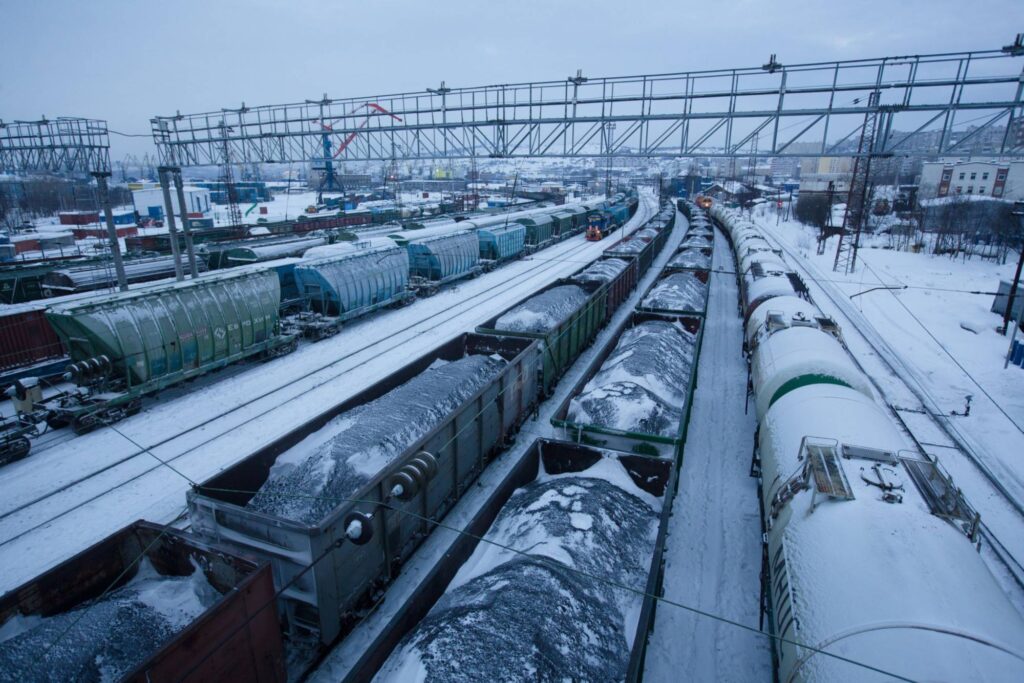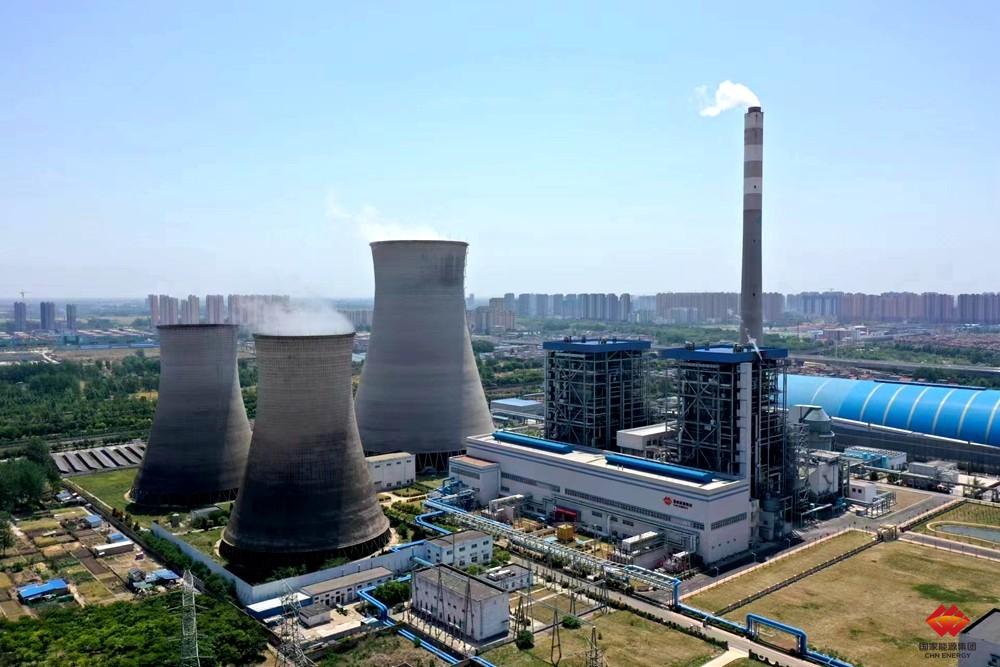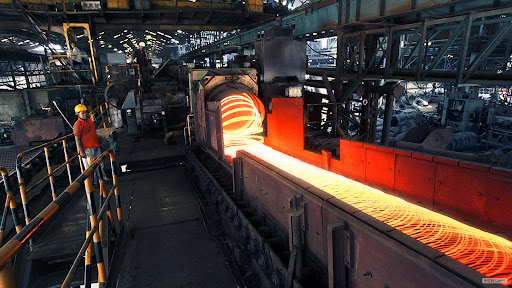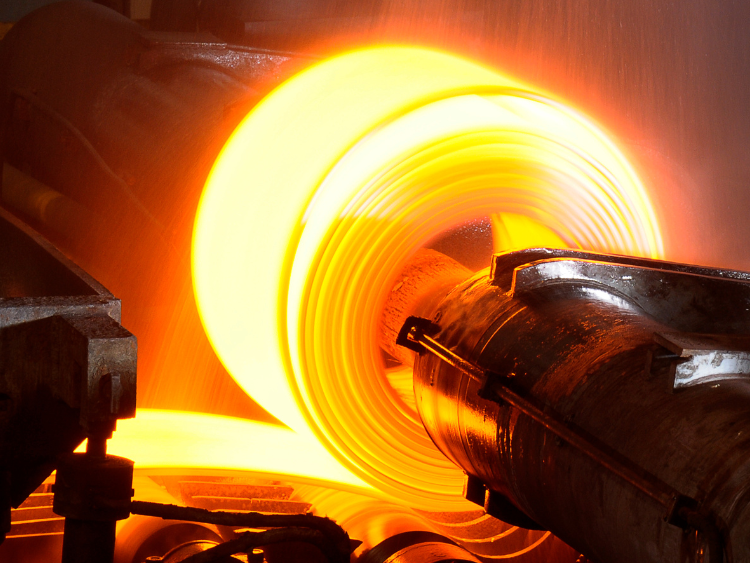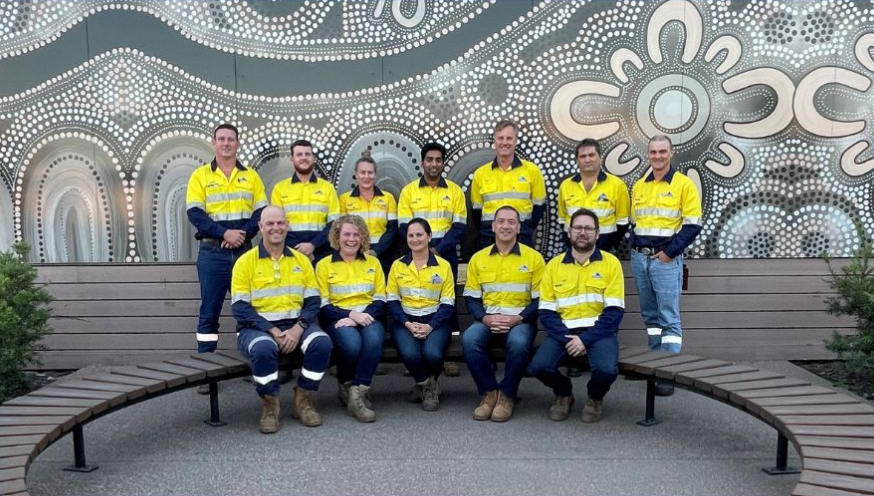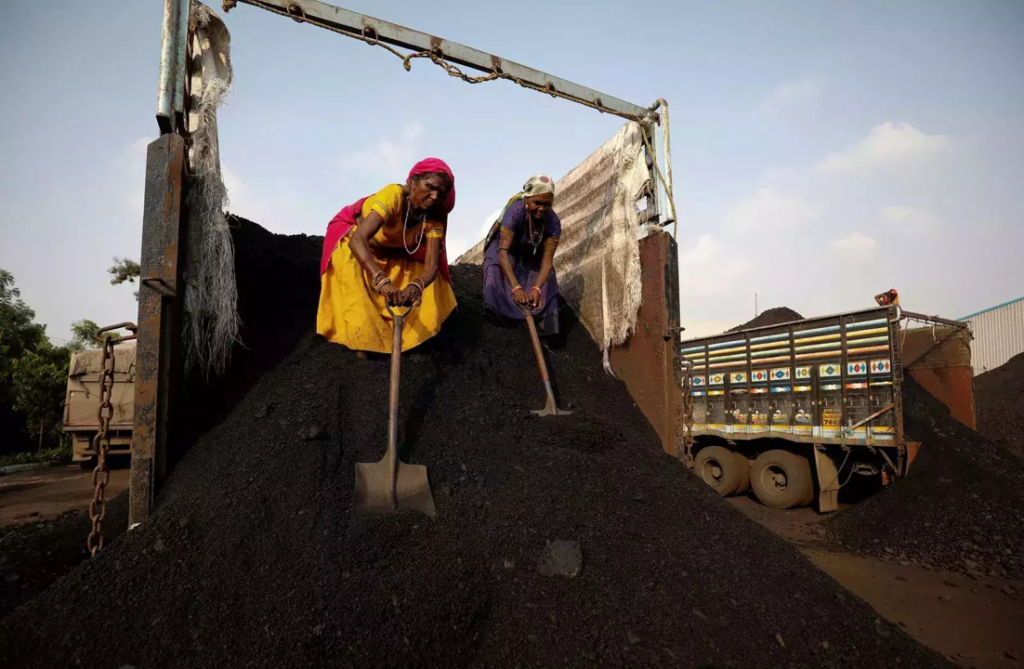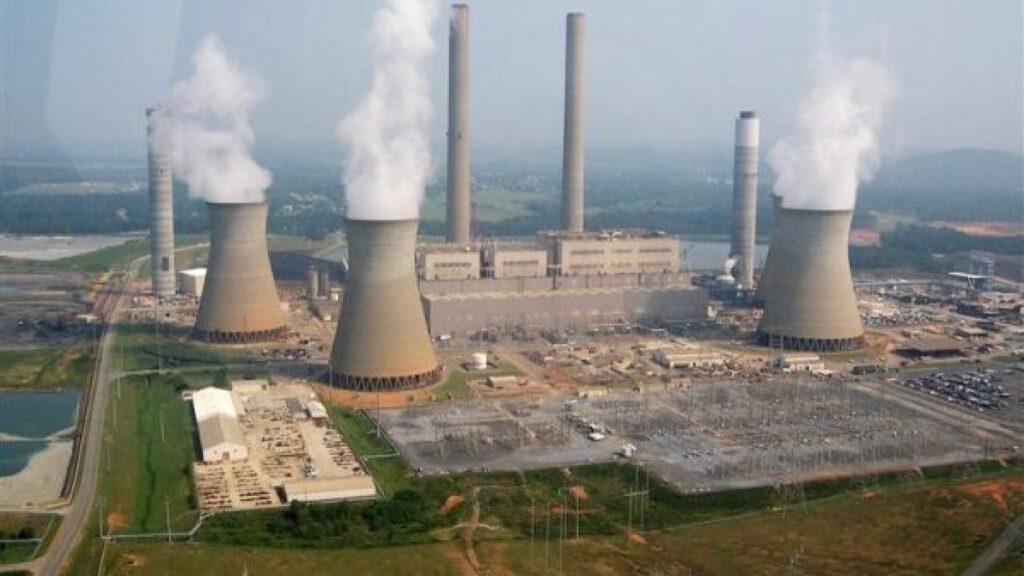Data from the monitoring system of the Shanxi Provincial Department of Commerce show that coal prices in Shanxi rose slightly in November. The average price of coal was 1,256.72 yuan/ton, an increase of 1.6% month-on-month. Among them: the average price of coking coal 1/3 coking coal is 2031 yuan/ton, an increase of 16.2% month-on-month; the average price of thermal coal with a calorific value of 5000-5500 kcal is 679.17 yuan/ton, a month-on-month decrease of 2%; anthracite No. 2 washed lump coal The average price was 1,060 yuan/ton, down 16.5% month-on-month.
1. Coking coal prices have been rising
Coking coal prices have been rising in November. The coking coal market in the province rose steadily in the first half of the year. On the one hand, safety inspections of coal mines in the main producing areas were relatively frequent and the supply of resources in the region was relatively tight; on the other hand, the start-up of coking plants remained at a relatively high level, and the rigid demand for coking coal was relatively resilient. The market forms support. Major coal companies have raised the long-term coking coal price by 5-20 yuan/ton, the market price of high-sulfur and low-sulfur main coking coal in Luliang has increased by 30 yuan/ton, and individual coal companies in Linfen have increased the market price of main coking coal by 50 yuan/ton. In the second half of the year, the coking coal market in the province was relatively strong, and coal prices in major producing areas generally increased by 50-200 yuan/ton. On the supply side, due to the accident, safety inspections have become stricter and supply has tightened in the short term. The prices of similar coal types involved have increased. The intermediate coal washing and trading links are still entering the market to obtain goods, and coal mine shipments are good. Major coal companies in the Changzhi area have raised the price of lean coal by 50-100 yuan/ton. Some local coal companies in the Linfen area have increased the price of coking coal, and 1/3 of the coking coal market prices have increased by 20-50 yuan/ton. Some local coal companies in the Taiyuan area have increased the price of coking coal. The price rose by 50 yuan/ton.
2. Thermal coal prices first declined and then increased
Thermal coal prices fell first and then rose in November. In the first half of the year, the thermal coal market in the province was generally under pressure and operated weakly, and market transactions were inactive. In terms of production areas, most coal mines maintain stable production. Some small mines have reduced production due to completion of monthly tasks or due to high inventory pressure. The overall impact is not significant. Downstream demand is generally weak. Downstream users tend to buy up rather than down. The market has a strong wait-and-see sentiment. There are not many vehicles arriving at the mine. Coal sales in the coal mine market are not smooth. Coal stocks at pit entrances have increased. Prices are under pressure to go down. Some coal companies in Shuozhou area have reduced prices by 15-30 yuan/ton, and some coal companies in Changzhi and Jincheng areas have reduced prices by 25 yuan/ton. The thermal coal market in the province fluctuated upward in the second half of the year. Affected by coal mine accidents, safety inspections in production areas were tightened, and supply in some areas was expected to tighten. Coal prices in production areas rose by 10-30 yuan/ton. At the current stage, when the inventory of downstream power plants continues to accumulate at a high level and wind power seasonality becomes stronger, the degree of cold air boosting demand is relatively limited, and the pace of downstream procurement has not yet accelerated significantly. The prices of large coal companies in Taiyuan area increased or decreased by about 5-20 yuan/ton, and the prices of individual local coal companies in Yangquan and Changzhi areas increased by 10-20 yuan/ton.
3. The price decline of anthracite coal has stabilized
The price decline of anthracite coal stabilized in November. In the first half of the year, the supply of anthracite coal in the province was strong and demand was weak, and prices were under downward pressure. In terms of origin, the operating rate of coal mines remains high and the supply is relatively stable, but the shipment performance is poor. The bidding sentiment at pit entrances is sluggish, there are many failed auctions, and the inventory level has increased; on the demand side, due to the decline in prices, the terminal wait-and-see mood is strong, and some people believe that there is still There is room for decline, enthusiasm for purchasing raw materials is low, and many traders have suspended purchases. The prices of large coal companies in Jincheng area have been reduced by 50-60 yuan/ton, and that of individual local coal companies have been reduced by 20-30 yuan/ton; the prices of large coal companies and local coal companies in Yangquan area have been reduced by around 60 yuan/ton. The anthracite coal market in the province is operating stably in the second half of the year. In terms of origin, coal mines maintain normal production and market supply is good. After many reductions in the early stage, the pit mouth hauling situation has improved. In terms of civilian use, the cold wave has hit, and civilian demand has been released. However, traders are more rational in purchasing, and mainly operate multiple small orders. On the demand side, the environmental protection control period in some areas has ended, and the start of coal chemical companies has rebounded in a narrow range, and the demand for lump coal may increase. The anthracite market in the province is operating smoothly, with prices at major coal companies and most local coal companies remaining stable.
In short, Shanxi coal prices rose slightly in November. The short-term price support for coking coal in the provincial market is strong, and coal prices have generally risen. In December, taking into account factors such as the expected improvement in macroeconomics, the increase in demand for heating coal as the weather turns colder, and the gradual decline in market coal prices to psychological levels, downstream procurement demand may gradually be released, and market coal prices will be supported. However, due to the terminal power plant this year Inventories are on the high side, and the long-term agreement redemptions remain high. Downstream replenishment efforts may be limited. It is expected that there will be little room for price increases in the coal market in the short term.

